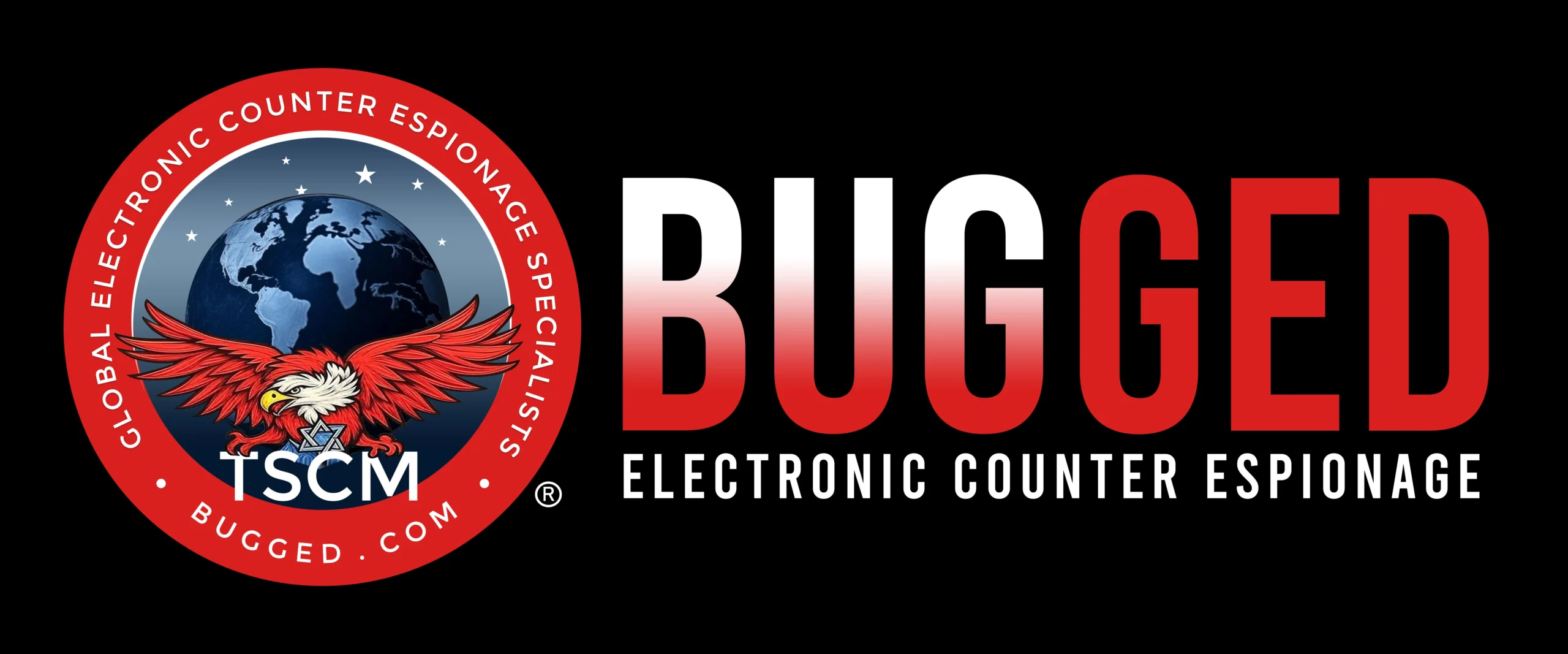The Evolution of APTs: From 1986 to Now

In 1986, cybersecurity pioneer Clifford Stoll uncovered a hacker at Lawrence Berkeley Lab exploiting a 75-cent billing glitch to infiltrate NASA, the Department of Defense, and nuclear research centers. His DIY investigation exposed a KGB-backed spy ring—what we now know as one of the earliest Advanced Persistent Threats (APTs), long before the term existed.
Since then, APTs have evolved into one of the biggest challenges in modern cybersecurity:
-
In the early 2000s, operations like Moonlight Maze and Titan Rain revealed state-sponsored cyber espionage.
-
In 2010, Stuxnet sabotaged Iran’s nuclear program, while Operation Aurora targeted Google and other tech giants.
-
By 2013, Mandiant traced a long-running espionage campaign to China’s APT1, active since 2004.
-
In 2020, the SolarWinds supply chain attack carried out by Russia’s APT29 highlighted how deeply adversaries could infiltrate critical infrastructure.
-
Today, groups like Lazarus, Volt Typhoon, and APT44 leverage AI-driven malware, “living off the land” techniques, and cloud platform exploits to bypass traditional defenses.
From state espionage to ransomware campaigns, APT attacks now target sectors including telecommunications, financial services, and critical infrastructure. While detection times have improved (average dwell time is now 71 days in the Americas, down from over 200), the complexity and stealth of these attacks continue to grow.
The next decade will bring even greater risks: AI-powered attack automation, quantum cryptography vulnerabilities, and supply chain compromises. Even a seemingly minor anomaly, like Stoll’s 75-cent glitch, can signal a massive breach.
To safeguard your organization, prioritize threat hunting, implement a Zero-Trust Architecture, and train employees to spot early warning signs. At Bugged.com, we specialize in bug sweeps, corporate counterintelligence, and advanced threat detection to help businesses and individuals stay ahead of cyber adversaries.
